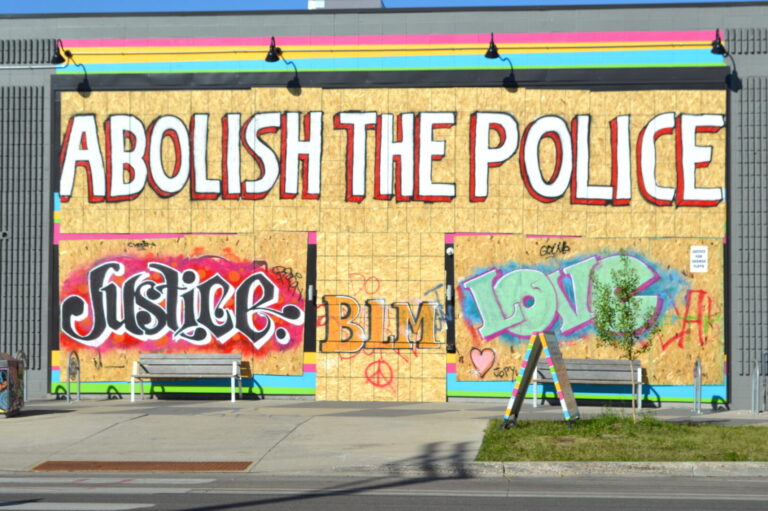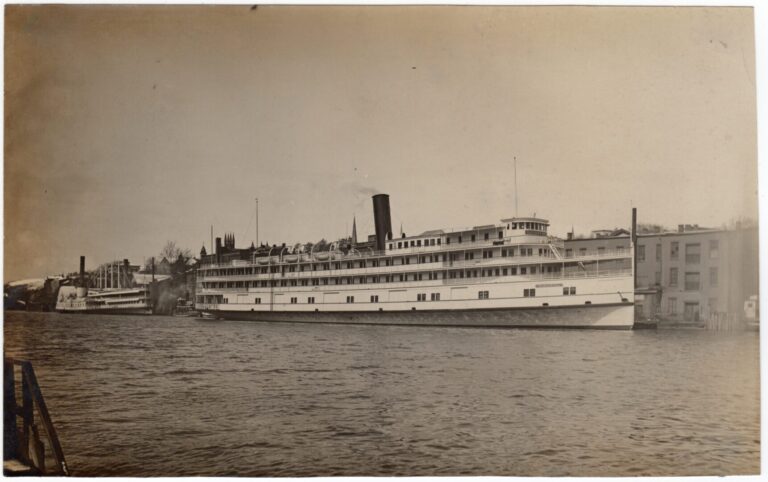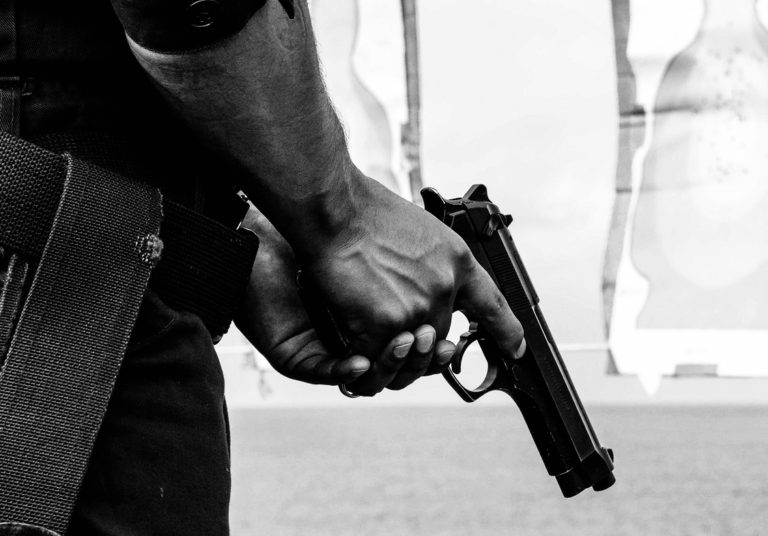Through this article, we examine the history and conventions of copaganda in the United States, and critically consider how HBO’s Watchmen has responded to and represented the historical relationship between policing and white supremacy. We argue that while Watchmen works to explicitly critique the history of white supremacist violence in US policing, the show reproduces several copaganda conventions. Watchmen depicts central law enforcement characters who commit violence as heroes, uplifts the main police character as an eventually almighty arbiter of justice, portrays white supremacist law enforcement characters as anomalous individual infiltrators (a.k.a. “bad apples”), and was created in collaboration with various members of law enforcement. After presenting this case study in contemporary copaganda, we consider how science fiction series can more meaningfully respond to the movement for police and prison abolition through representing abolitionist futures.
Keyword: police
“Companionship and a Little Fun”: Investigating Working Women’s Leisure Aboard a Hudson River Steamboat, July 1919
This article provides an in-depth consideration of a single report penned on the night of July 27, 1919 by a private detective employed by New York City’s Committee of Fourteen (1905–1932), an influential anti-vice and police reform organization. A close reading of the undercover sleuth’s account, which details his experiences, subjective judgments, and general observations regarding moral and social conditions while aboard the Benjamin B. Odell, a palatial Hudson River steamboat, enables us to enrich our grasp of the courtship and pleasure-seeking practices popular among working women and men active in New York City’s heterosocial and largely segregated amusement landscape during the so-called “Red Summer.” Specifically, the report reveals how wage-earning women articulated femininity and sought individual freedoms, companionship, pleasure, and romance via Hudson River steamboat excursions. The relatively unsupervised atmosphere of such trips was appealing to some working women because it represented an affordable way to attain companionship, prohibited forms of amusement and entertainment, and sexual gratification, a way that sidestepped many of the reputational hazards typically associated with the search for such goods among mainland leisure spaces. Such opportunities were particularly valuable given the crackdowns on public sexuality and late-night amusement spaces that had followed America’s entry into World War I in 1917 and the advent of “wartime prohibition” on July 1, 1919. The article also supplies important contextual information required for proper appreciation of the investigation report in question, including a discussion of the methods and goals of the Committee of Fourteen and a brief overview of prior efforts by Progressive Era urban moral authorities to uncover and control “white slavery,” gambling, and other “vices” witnessed aboard steamboat excursions operating in and around New York, Chicago, and other coastal cities.
Review of Digitize and Punish: Racial Criminalization in the Digital Age by Brian Jefferson (University of Minnesota Press)
In Digitize and Punish, Brian Jefferson argues that the US policing and incarceration infrastructure is increasingly marked by new forms of racialized digital criminalization. Examining the incorporation of digital technologies into the criminal justice apparatus, Jefferson shows the central role that digital technology and data science has had in reinforcing racial surveillance practices since the War on Drugs and Crime began more than four decades ago. Jefferson’s timely new book traces the merging of carcerality and technology in Chicago and New York City, unveiling forms of digital racial management that have remained largely obscured from the public.
Review of Policing Life and Death: Race, Violence, and Resistance in Puerto Rico by Marisol LeBrón (University of California Press)
Using a multifaceted and transdisciplinary approach, Marisol Lebrón analyzes the development of punitive governance in Puerto Rico. Lebrón’s approach pays particular attention to how capitalist colonial settings in Puerto Rico lead to the categorization of racialized, gendered, and classed populations as problematic subjects who then become the target of state violence as public policy. Intertwined with the state and its legitimacy, the book also looks at how these populations resist repressive policies and affect social relations of power on the island.
Good [Black] Guys With Guns: Performance and the Anti-Black Logic of US Gun Culture
This article examines the police shooting of twenty-one-year-old E.J. Bradford at the Riverchase Galleria in Hoover, Alabama on November 22, 2018. After a brief investigation, the Alabama Attorney General’s Office absolved the officer who shot Bradford of any wrongdoing. Through a close reading of the Alabama AG’s report and a performance analysis of Bradford’s actions that night, this article argues that Bradford behaved exactly as he was trained to as a concealed carry permit holder and former enlistee in the Army. Bradford was the epitome of the NRA’s vaunted “good guy with a gun” who intervenes in a violent situation to save others’ lives. However, within the context of the United States’s gun culture, which envisions “good” gun owners as white and encourages police to rehearse responses that perpetuate anti-Black racism, Bradford was always going to be seen by police as suspect.




